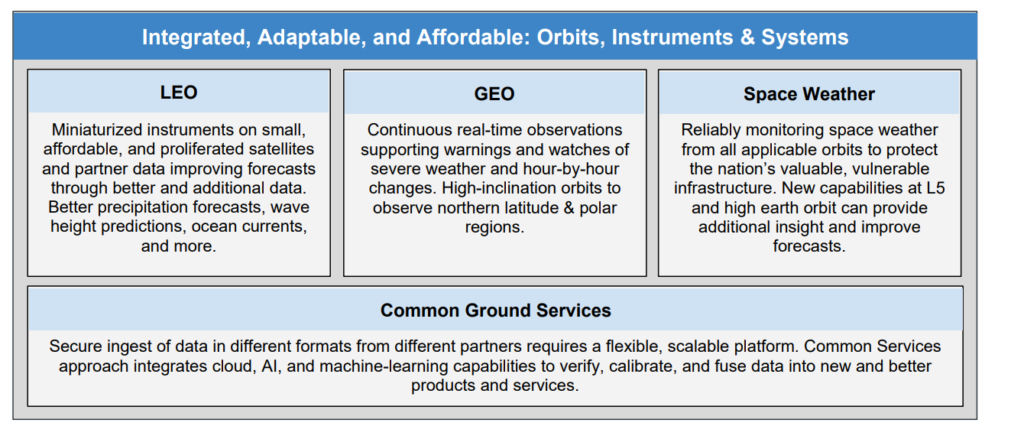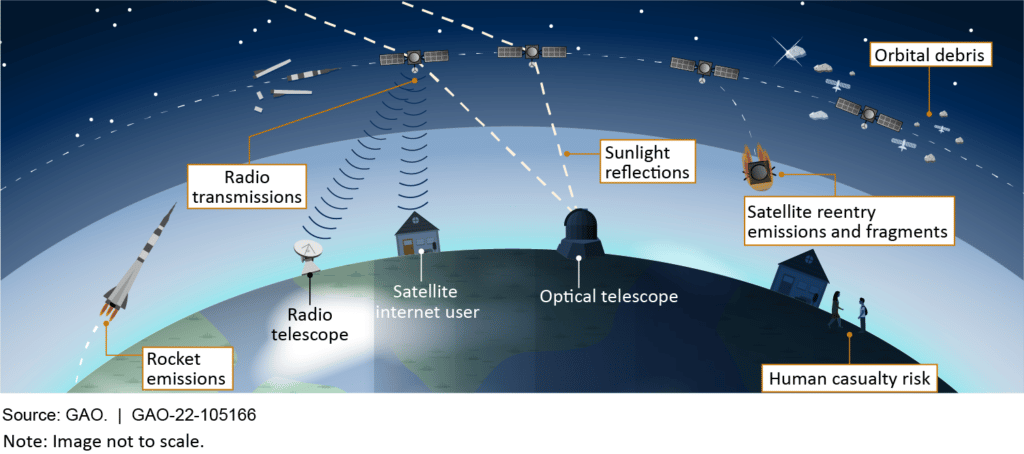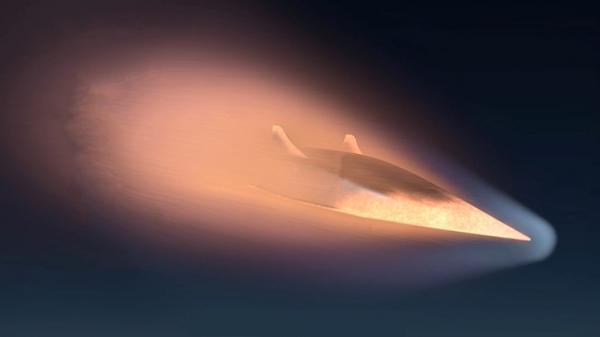Weather satellites do not get as much space media attention as human space programs, the growth of commercial space, the new Space Force, or even Elon’s tweets. But there is a lot of money going into weather and like, DOD and NASA, NOAA is looking at diversifying architectures and increasing resilience. Here is a snapshot of budget and total costs for the largest civil programs.

The $18.2 billion total cost for polar weather satellites may seem shocking. Yet it is just $3 billion more than was predicted for the National Polar-orbiting Operational Environmental Satellite System (NPOESS) program, a joint NOAA/NASA/DOD effort which was canceled in 2010 in the face of significant cost overruns and a schedule delay of over 5 years. After the cancellation, NOAA undertook the Joint Polar Satellite System (JPSS). The cost of the Suomi NPP satellite, which was originally to be a technology demonstration under NPOESS, is included in the $18.2 billion. There were several efforts started and stopped on the DOD side after NPOESS, but it is now pursuing the Weather System Follow-on program and additional sensors.

NOAA is working on a future architecture that will include a mix of small, medium and large satellites and instruments, including shorter development times, more frequent launches, and smaller and more capable instruments and satellites. The architecture will include commercial data and commercial partnership, and common ground services.

For more details on weather satellites, see our new weather satellite page.






